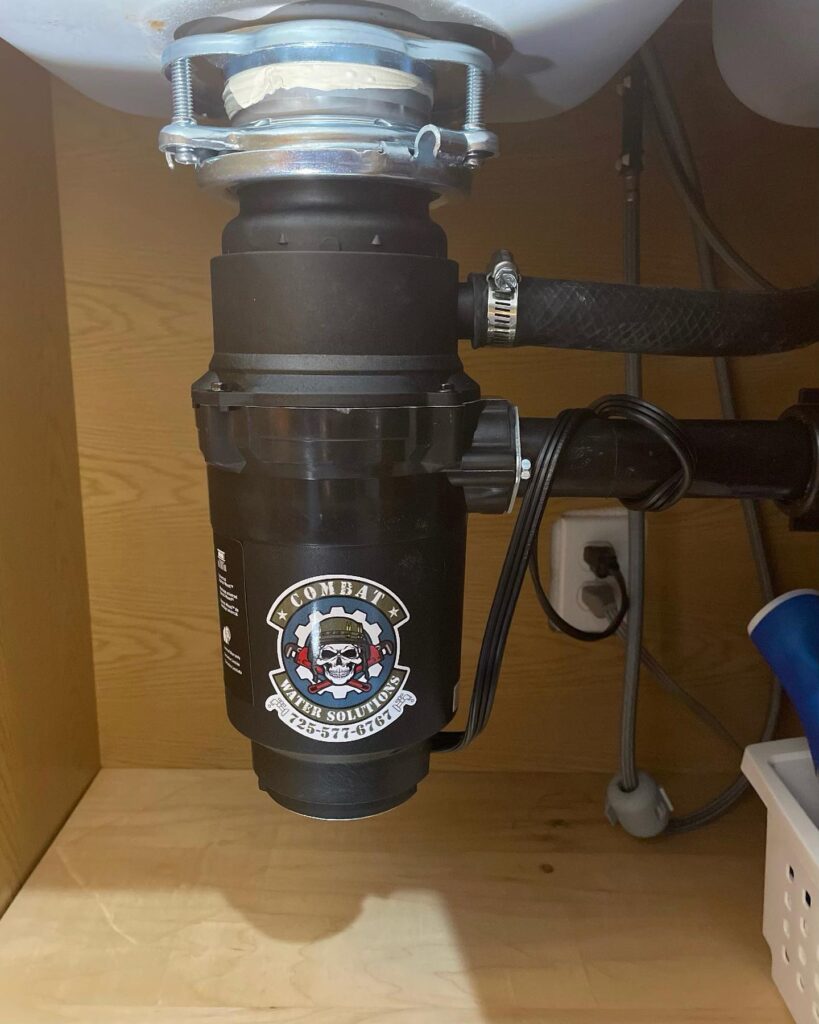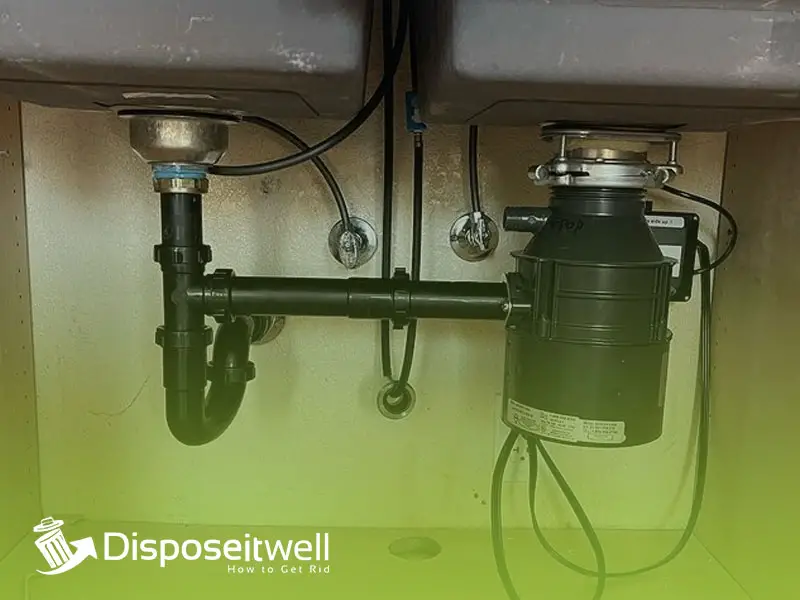How To Fix Leaking Garbage Disposal?
Whether you’re a DIY enthusiast or a homeowner seeking quick solutions, our step-by-step instructions and expert tips will help you resolve the issue with ease.
To fix a leaking garbage disposal, first, turn off the power and water supply. Then, follow the problem diagnosing procedures given in our article. Lastly, tighten loose connections, clear the clogs, or replace faulty parts like the gasket or seal.
From identifying the source of the leak to implementing the right repair techniques, we’ve got you covered. Our troubleshooting methods are designed to save you time, money, and frustration.
With our practical advice, you’ll regain control over your kitchen and prevent further damage.
Diagnosing the Leakage
- Check for Loose Connections:
Start by inspecting the connections in the area where the leakage is suspected. This may include pipes, hoses, fittings, or valves. Ensure that all connections are tight and properly sealed. If you find any loose connections, tighten them securely to see if it resolves the issue.
- Identify Cracks or Damage:
Carefully examine the plumbing system, particularly the areas surrounding the suspected leakage. Look for any visible cracks, fractures, or signs of damage in the pipes, joints, or fixtures. Common areas prone to cracks or damage include joints, seals, or worn-out sections. If you identify any such issues, they may need to be repaired or replaced.
- Inspect the Disposal Unit:
If the leakage is related to a disposal unit, such as a garbage disposal, check it for any signs of malfunction or damage. Inspect the unit for cracks, loose connections, or worn-out components. Run water through the disposal unit and observe if there are any leaks during operation. If necessary, consult the user manual or contact a professional for further guidance.
Fix a Leaking Garbage Disposal

- Tighten Loose Connections:
Start by checking all the connections in the garbage disposal system. This includes the connections between the disposal unit, dishwasher hose (if applicable), and the drain pipe. If you find any loose connections, use a wrench or pliers to tighten them securely. Ensure that the connections are properly sealed to prevent leaks.
- Patching or Replacing Damaged Parts:
Inspect the garbage disposal unit for any damaged components or parts that may be causing the leakage. This could include cracks in the housing or worn-out seals. Depending on the severity of the damage, you can try patching small cracks using epoxy or plumber’s putty. However, if the damage is significant or the unit is old, it may be necessary to replace the damaged parts or the entire disposal unit.

- Realigning the Disposal Unit:
Sometimes, a misaligned disposal unit can cause leaks. Ensure that the disposal unit is properly aligned with the mounting assembly. Use a wrench or pliers to adjust the mounting screws or brackets, if necessary. Make sure the unit is level and firmly in place to prevent water from escaping.
- Clearing Clogs:
A clog in the garbage disposal can cause water to back up and leak. To clear any clogs, turn off the power to the disposal unit. Use a flashlight to check for any visible blockages in the disposal chamber. If you spot any, use long-handled tongs or pliers to remove the debris. Once cleared, run water through the disposal to ensure proper drainage.
FAQs
What causes a garbage disposal to leak from the bottom?
A leaking garbage disposal from the bottom is typically caused by a faulty or deteriorated internal seal. Over time, the seals within the unit can wear out or become damaged, leading to leaks. Other potential causes could include cracks in the disposal housing or loose connections.
Is it worth fixing a leaking garbage disposal?
The decision to fix a leaking garbage disposal depends on the extent of the damage, the cost of repairs, and the age of the unit. If the disposal is relatively new and the leak is minor, repairing it might be a cost-effective solution. However, if the unit is old, experiencing multiple issues, or the repair cost is significant, it may be more practical to replace the garbage disposal altogether.
Can you replace the bottom seal on a garbage disposal?
Yes, in many cases, it is possible to replace the bottom seal on a garbage disposal. However, this repair task can be challenging and requires some technical skills. The process generally involves disassembling the disposal, removing the old seal, and installing a new one. It’s recommended to consult the manufacturer’s instructions or seek professional assistance for specific guidance on your disposal model.
Can a clogged drain cause a garbage disposal to leak?
A clogged drain itself is unlikely to cause a garbage disposal to leak directly. However, it can indirectly contribute to a leak. If the drain is clogged and water cannot flow freely, it can put excessive pressure on the disposal unit, potentially leading to leaks or other problems. Therefore, it’s important to address clogged drains promptly to maintain the proper functioning of your garbage disposal.
Conclusion
In conclusion, a garbage disposal may hum due to various reasons, including a jammed grinding chamber, worn-out bearings, a faulty motor, loose mounting, or a clogged drain pipe. It is important to identify the specific cause of the humming noise in order to address the issue effectively. While some problems can be resolved by homeowners themselves, it is advisable to seek professional assistance, especially when dealing with motor or electrical issues. Always prioritize safety and consult a plumber or appliance repair technician if you are unsure about how to proceed with repairs or maintenance.
My name is Ella Vicedomine and I’m the founder of this blog. The aim is to start this informational blog to guide people on how to dispose of waste things around in the house but in the right way.


